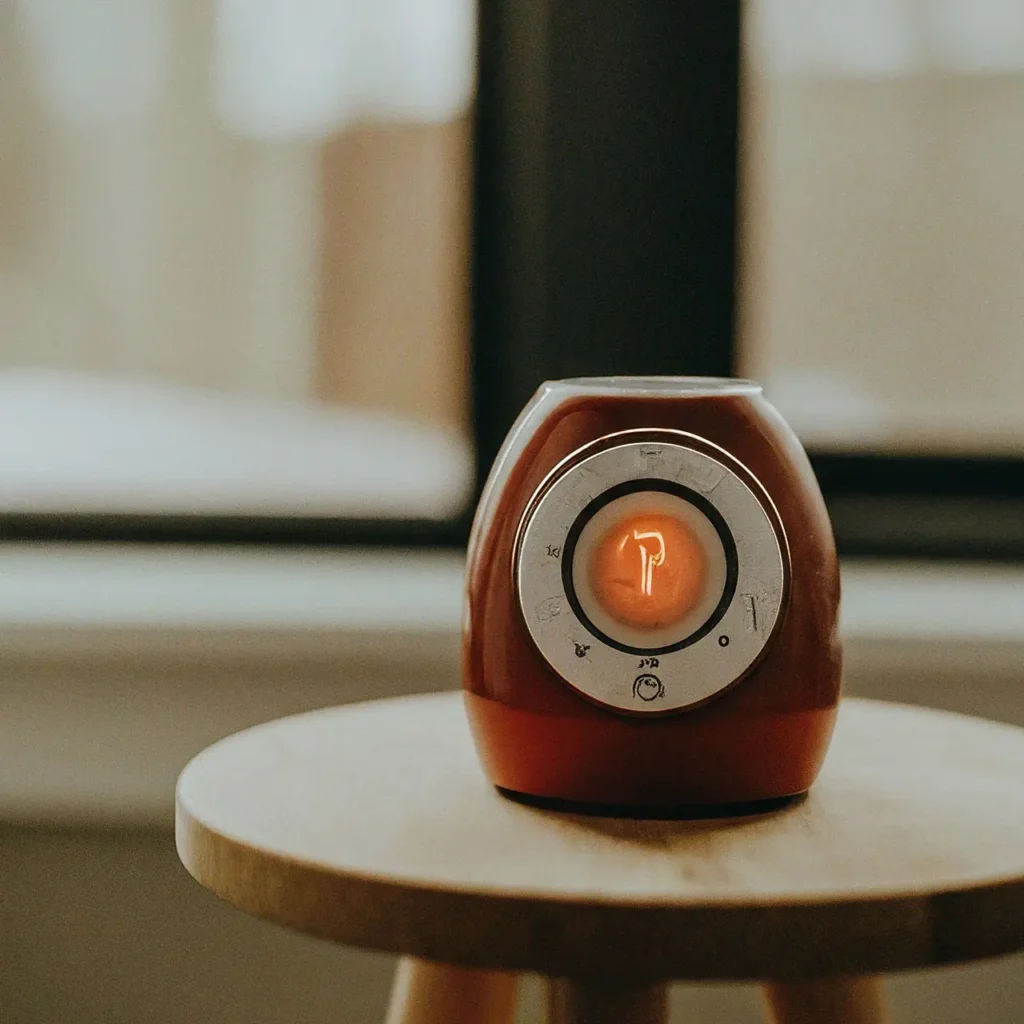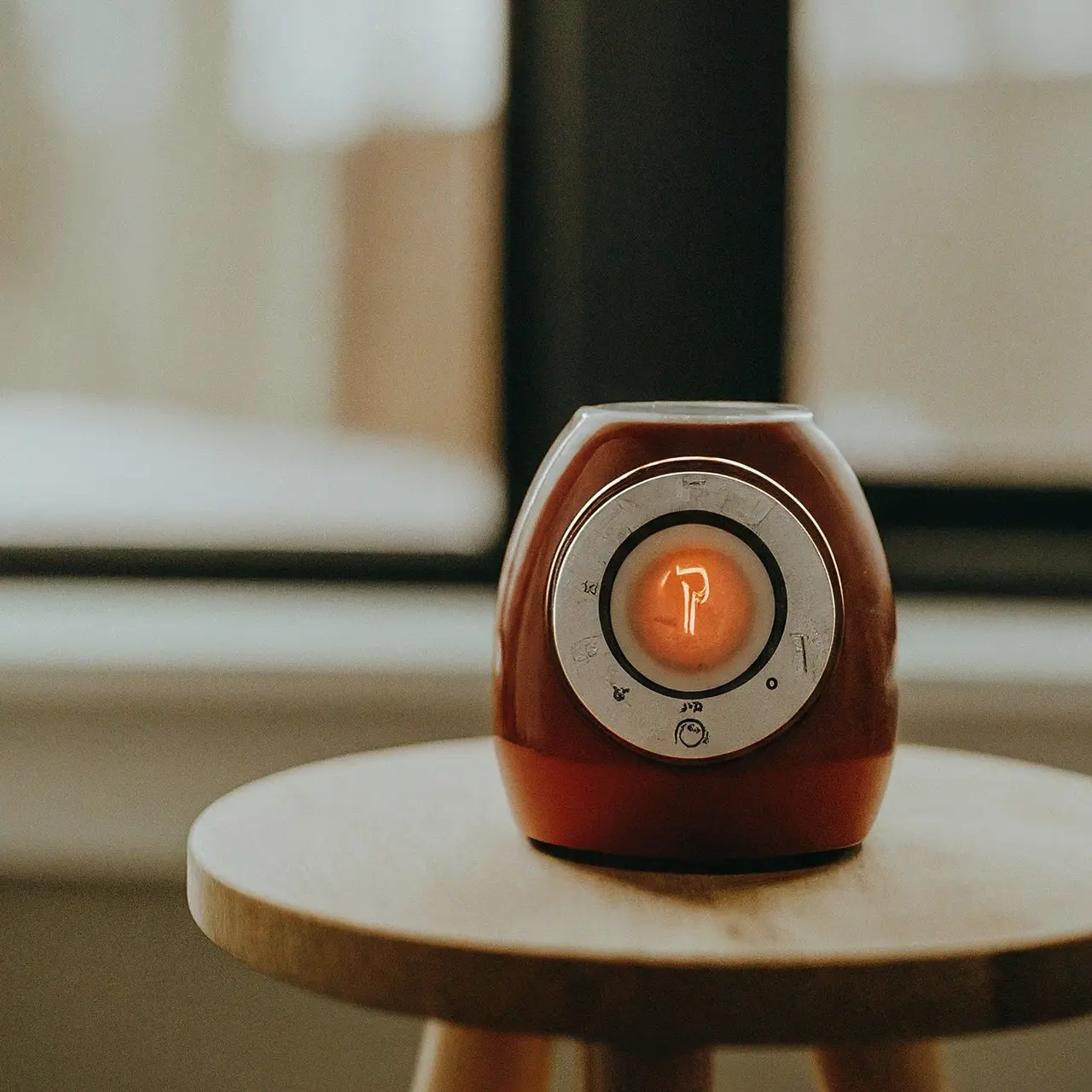Understanding the proper temperature setting for a wax heater can seem daunting at first, but with the right information, it’s quite straightforward. Wax heaters, essential for both salon professionals and DIY beauty enthusiasts, require precise temperature control for effective and safe waxing. This blog will guide you through the nuances of wax heater settings to ensure your next waxing session is as smooth as your results.
Understanding Wax Heater Basics
Before diving into temperature settings, let’s cover what a wax heater is and why the correct temperature is crucial for effective waxing. A wax heater, often referred to as a wax warmer, is a device that melts wax at controlled temperatures. Unlike dipping into a pot of hot wax, a wax heater provides a uniform and consistent heat, ensuring the wax stays at an ideal viscosity for application. This not only improves the efficiency of the waxing process but also enhances safety by reducing the risk of burns.
Wax heaters are designed for various types of wax, including hard, soft, and paraffin waxes, each requiring specific temperature settings. Understanding the fundamentals of your wax heater not only extends its longevity but also ensures you’re using it effectively. The goal is to achieve a smooth, even application and optimal hair removal without irritating the skin.
The Importance of Temperature Control
Discover why maintaining the proper temperature in your wax heater is essential for both safety and quality of waxing results. The right temperature ensures that the wax is fully melted and easy to apply, yet not so hot as to cause discomfort or, worse, burns. Furthermore, a consistent temperature maintains the wax’s effectiveness, allowing it to adhere properly to the hair and not the skin, which minimizes pain and maximizes hair removal.
Temperature control is not just about hitting the right number on a dial; it involves understanding how your specific wax heater functions and responds to adjustments. Some wax heaters may heat up quickly but have trouble maintaining a steady temperature, while others might take longer to reach the desired setting but provide a more consistent heat. Learning these nuances can significantly impact the outcome of your waxing session.
Recommended Temperature Settings
Learn about the manufacturer-recommended temperature ranges and how they differ between hard wax, soft wax, and other types. Generally, soft wax is used at a slightly higher temperature than hard wax. Soft wax operates effectively between 40-42 degrees Celsius (104-107.6 degrees Fahrenheit), while hard wax works best at 60-65 degrees Celsius (140-149 degrees Fahrenheit). However, these are broad ranges, and it’s advisable to consult your wax heater’s manual for the most accurate settings.
It’s important to note that these temperatures are starting points. Depending on your specific needs, the type of wax, and even the ambient temperature of your room, slight adjustments may be necessary. Pay attention to how the wax behaves at different temperatures and adjust accordingly.
Adjusting for Wax Types and Treatment Areas
Explore how to adjust the temperature settings based on the type of wax you’re using and the specific area of the body you’re treating. For example, coarser hair, like that on the legs or underarms, may require wax that’s a bit hotter to ensure it adheres well and removes cleanly. On the other hand, sensitive areas such as the face or bikini line often benefit from wax that’s slightly cooler to minimize irritation.
When switching between wax types or moving to a new area, remember to give your wax heater time to adjust. Making abrupt changes can affect the consistency of the wax, so gradual adjustments and patience are key. Listening to feedback from your skin and watching the results can help you fine-tune the temperature for each situation.
Testing the Wax Temperature
Understand the importance of testing the wax temperature before application to ensure it’s safe and ready for use. A simple yet effective method is to apply a small amount of wax on the inside of your wrist, where the skin is sensitive and can accurately gauge the heat. If it feels too hot or causes any discomfort, allow the wax to cool before proceeding.
This not only prevents burns but also ensures the wax is at an ideal consistency for application. Wax that’s too hot may be runny and difficult to control, while wax that’s too cool might not spread evenly or adhere to the hair as effectively. Regular testing, especially when adjusting the temperature or using a new type of wax, keeps your waxing process both safe and efficient.
Tips for Maintaining the Perfect Temperature
Get practical tips for keeping your wax at the ideal temperature throughout your waxing session. Firstly, consider investing in a wax heater with a digital display for more precise control. These models often allow for finer adjustments and can give you a clear readout of the current temperature.
Secondly, if your wax heater lacks temperature consistency, using an insulated cover or wrap can help maintain the heat. Lastly, always keep an eye on the wax’s consistency. It should resemble honey; not too runny and not too thick. Adjust the temperature slightly if it deviates from this consistency to ensure a smooth application.
Troubleshooting Common Temperature Issues
Learn how to address and resolve common issues related to wax heater temperature settings. If your wax isn’t melting properly, it might be set too low. Conversely, if the wax is too hot or causing pain upon application, the temperature is likely too high. Subtle adjustments and testing are key.
If you encounter consistent issues with temperature control, it might be worth checking your wax heater for malfunctions or considering an upgrade to a more reliable model. Remember, the quality of your wax heater plays a significant role in the success of your waxing sessions.
Wrap-Up: Perfecting Your Wax Heater Settings
Finding the ideal temperature setting for your wax heater is key to a successful waxing experience. Remember, it’s not just about what works, but what works best for you and your skin. Start with manufacturer guidelines, adjust according to the wax type and your skin’s sensitivity, and always test before applying. With these tips, you’re ready to achieve professional-level results from the comfort of your home. Happy waxing!


